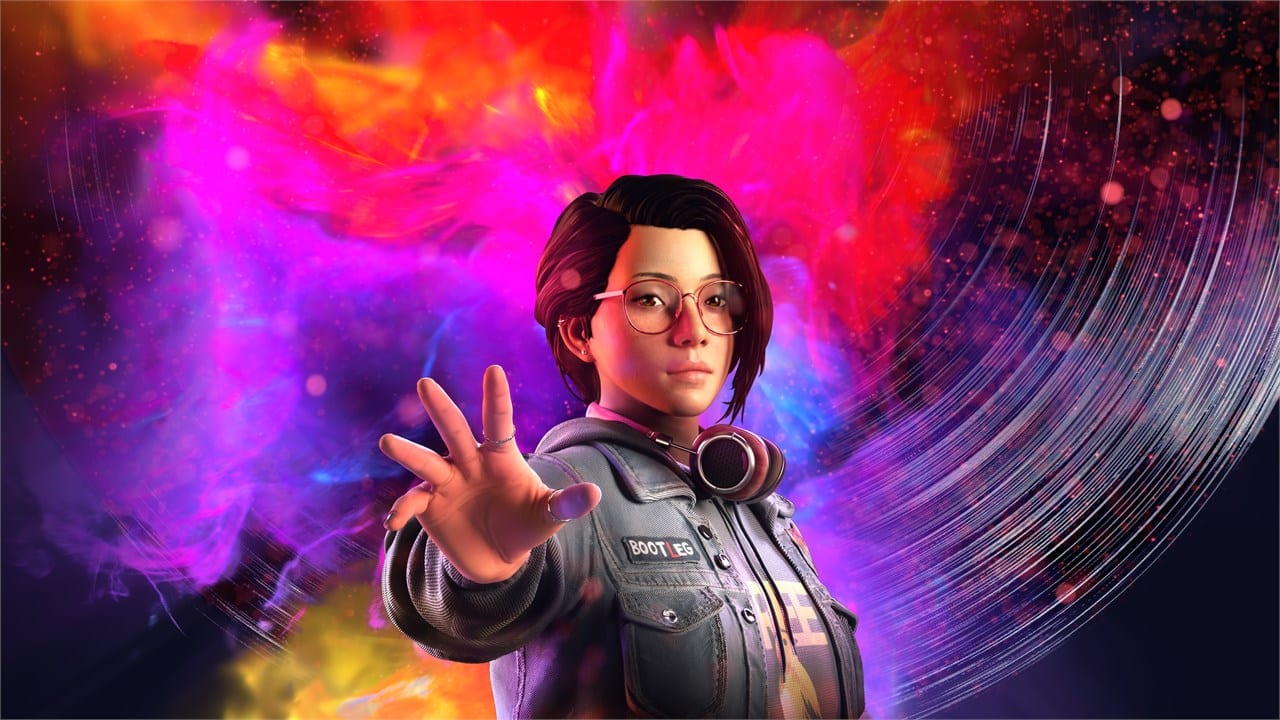

When the original Life is Strange was released, it was praised for a wide variety of things. The prequel, Life is Strange: Before the Storm, hoped to expand on one of the original stories’ more interesting elements, though didn’t have quite the same reaction. The sequel, Life is Strange 2, was a rather divisive experience. Even if it ultimately made it where it needed to be, the ride there was absolutely bumpy. With these previous lessons in mind, Life is Strange: True Colors hopes to bring the franchise to new heights, but is there enough to get there?
Life is Strange is no stranger to pacing issues and unsurprisingly they occur here. A huge part of this was actually how players were originally introduced to the game. Just going off the official site, Alex Chen, Life is Strange: True Colors main character, is introduced in a relatively straightforward way. For simplicity, you can find the full quote below.
Alex Chen hides her ‘curse’: the supernatural ability to absorb and manipulate the strong emotions of others. When her brother dies in a so-called accident, she must embrace her volatile power to find the truth — and reveal dark secrets buried by the town.
Official Website
Since Life is Strange: True Colors begins with Alex going to meet her brother Gabe, who is still alive at the start, it makes the first chapter essentially a waiting game for his mysterious demise. The way it occurs also points the narrative in a couple of obvious directions.
After the introduction of the real enemy, a faceless company known as Typhon, Alex needs to figure out what happened. Without spoiling the story outright, it often feels like Life is Strange: True Colors doesn’t quite know what type of adventure it wants to be. A massive amount of time is spent focusing on relationships, an extremely important part of the franchise, with very little time spent on the actual mystery.
In fact, when you take a step back, Life is Strange: True Colors feels rather contrived. A lot of the set pieces could’ve happened more organically and certain characters, like Pike the questionable competent cop, could’ve absolutely been more of a force for so many reasons.
Instead, players are given a weird tale where the first act is already spoiled, the second confirms a deeper mystery, followed by live-action role-playing (LARP) game, and then the twist is suggested; followed by a massive exposition dump to close out the adventure.
Despite the flaws, Alex’s journey is still engaging. Sure, her supernatural power is just a plot device, and many of the smaller moments have no actual impact on her journey, the major set pieces work. A lot of this is due to the kind nature of the locals and Alex’s various flaws.
Similar to the story being rather hit and miss, the same can be said about the adventure itself. Haven Springs is a lovely location that is bright, detailed, and feels alive but it’s also your focus for the whole adventure. Outside of a handful of scenes, everything takes place in a couple of choice locations, with everything else just being a nice background image. Similar things can be said about the art and performance too. Sometimes there are motion issues, which stand out given this is essentially a visual novel. Characters also go from looking really good to having muddy visuals, even on the PlayStation 5 version. Neither element is enough to ruin the experience but it does take away from it.
Choices are another huge and divisive part of Life is Strange: True Colors. In addition to ultimately having little impact on the outcome, many of the choices either don’t matter (naming your LARP character, guessing the song, etc) or have clear right and wrong choices. I do applaud Life is Strange: True Colors for having some that split the community. Some of the most defining moments for Alex were choices that had 40 percent or so in each category, meaning they evoked different thoughts, feelings, and reactions in other players.
I also liked that the world was a bit more open to having fun with the concept. The LARP gave us a turn-based RPG, bringing memories of No More Heroes III’s Final Fantasy reference, there was a foosball game, playable arcade machines based off Arkanoid and Spelunker and more. There is also a wide variety of optional tasks to complete that can easily add a couple hours to the adventure or warrant a second or third playthrough.
Life is Strange: True Colors: There is enough good to suggest Life is Strange: True Colors to a fan of the franchise or visual novels. The setting is nice looking, there is a lot to see and do, with a good amount of character moments. It’s a shame the ending falls flat and many things feel contrived, either due to incompetent cops or questionable choices for the characters but not to the point of destroying the adventure. Like anything else, you get what you put in and should be a huge factor in determining if this adventure is for you. – Grant
[Editor’s Note: Life is Strange: True Colors was reviewed on PlayStation 5 and a copy was provided to us for review purposes.]
In a recent interview with pcgamesn, former Dragon Age writer David Gaider has offered lots…
The Sunken City has a cool new demo that you can try out on PC.…
ConcernedApe is still keen on working in Haunted Chocolatier, this is yet another one of…
Fantasy Life i: The Girl Who Steals Time has managed to break a milestone. This…
The world of video game design and release has a tendency to create a complex…
Long-rumored news about the confirmation of the next Battlefield title, long speculated to be "Battlefield…